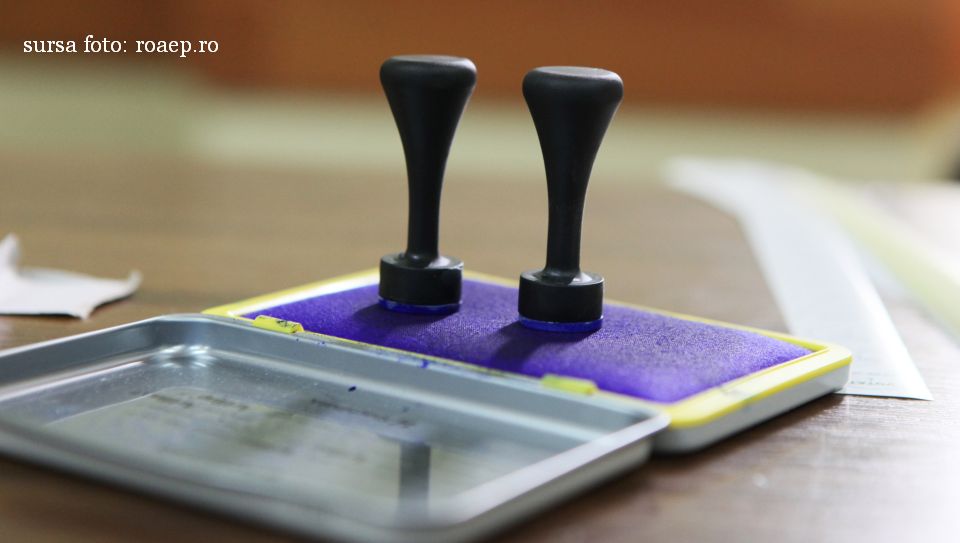Romanians celebrate the Union of the Principalities
Events are held across the country to celebrate the Union of the Romanian Principalities of Moldavia and Wallachia in 1859.

Mihai Pelin, 23.01.2020, 13:50
Every year on the 24th of
January, Romanians celebrate the Union of the Romanian Principalities. This
year it’s 161 years since this event that paved the way for the creation of the
Romanian nation state. The anniversary is marked these days by a series of events.
The National History Museum, for
example, plays host to an exhibition entitled Small traces of big ambitions.
Symbols of the Union of the Principalities in stamps and coins. The exhibits include
a letter with a special United Principalities postmark from 1862, a stamp
showing the effigy of the ruler Alexander Ioan Cuza from 1865 and two small
coins from 1864 featuring the inscription the United Principalities. The
Cotroceni National Museum is also open on the 24th of January. The
tour takes visitors to the apartments occupied by the ruler, where they can see
some of the personal objects belonging to the Cuza family, as well as original
documents and a ceremonial sword gifted to Cuza by the Serbian prince Michael
Obrenovic.
On the 24th of January 1859,
Alexander Ioan Cuza, who, a week earlier, had been elected ruler of Moldavia,
was voted unanimously by the Electoral Assembly in Bucharest as the sovereign
Wallachia and thus proclaimed ruler of the United Principalities. This de facto
meant the union of the two principalities inhabited by Romanians. Three years
later, on the 24th of January 1864, with the decisive support of the
French emperor Napoleon III, the Union was also recognised internationally, and
the new state received the name Romania.
In his 7-year reign, Alexander Ioan
Cuza built the institutional foundations of modern Romania through a number of
radical reforms. The civil and criminal codes were adopted, both inspired by
the French model, a national army was created, primary education became
obligatory and the first universities were established: that in Iasi in 1860,
which is today named after Cuza, and that in Bucharest four years later. The
land reform saw half a million peasant families acquire land resulting from the
seizure of monastery property. Adored by peasants but disliked by the political
parties because of his authoritarian excesses, the ruler was forced to abdicate
and go into exile in 1866.
He was followed by the future King
Carol I from the German princely family of Hohenzollern-Sigmaringen. Carol’s
long reign would see Romania obtain its state independence from the Ottoman
Empire and regain the south-eastern, Black Sea province of Dobrudja following
the Russo-Romanian-Turkish war of 1877. In 1918, under King Ferdinand, aka The
Unifier, the creation of the Romanian nation state became complete as
Transylvania, Banat, Crisana, Maramures, Bukovina and Bessarabia, historical
provinces with a majority ethnic Romanian population and which had until then
been under the occupation of the neighbouring multinational empires, became
united with Romania.






























